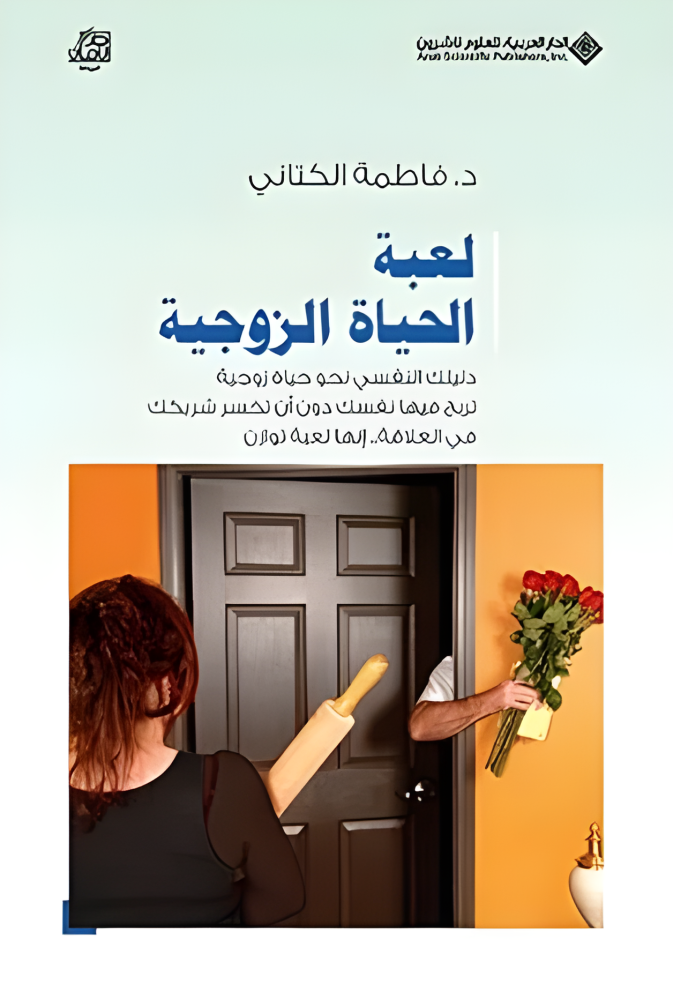The Game of Marriage Book
Your psychological guide to a married life in which you can relax without losing your partner in the relationship. It is a game of balance.
Written by: Fatima Al-Kattani
Produced by the Arab House of Sciences
Number of pages: 248
Marital relations are a sacred bond and a divine law, while married life is a reality and a daily experience. It requires understanding one's partner and mastering the art of communicating with them. It requires making efforts to build a healthy and mutually satisfactory relationship.
Dr. Fatima Al-Kattani, a family problems specialist, believes that wisdom requires a person to find a balance between their self, which is connected to the existence of others, and their relationship with themselves as a unique and distinguished human being.
It's a game of balance, aiming to relax yourself without losing your partner. This work sheds light on fundamental questions in married life.
Who is a man, and what are his needs from a woman? Who is a woman, and what are her needs from a man? What are the limits of our relationship with ourselves, and the limits of our relationship with our partner? What are the arts of communication that help us find balance between our relationship with ourselves and our relationship with our partner? What is meant by the family system? To answer the questions posed, the book is divided into eight chapters:
The first chapter is entitled "The Philosophy of Marital Relationships," in which the author explains the importance of marital relations in the Islamic approach. She also explains marital relations from a psychosocial analysis perspective, the roles of spouses within the family, and the impact of this on their relationship with each other.
The second chapter is titled "Men and Women Are Two Different Sexes," and it explains the differences between the sexes in all aspects: physical, psychological, social, intellectual, and emotional. The third chapter covers "The Rules of Married Life," the most important of which are: understanding the differences between men and women, comprehending the roles of both the husband's and wife's families, children being a shared responsibility, etc.
The fourth chapter is titled “The Marital Relationship and Family Structure,” in which the author explains the concept of the family as a system composed of a set of relationships: the marital relationship, the relationship between parents and children, the relationship between mothers and children, the relationship between siblings, the relationship with the spouses’ families, and the influence each has on the other.
In the fifth chapter, the author explains "How marital disputes arise and escalate." We explore the reasons for the emergence of disputes and conflicts between spouses, the situations that provoke the husband toward the wife, and the situations that provoke the wife toward the husband. This chapter also addresses the topic of divorce as the culmination of conflict between spouses.
Chapter Six includes “Analysis of Cases of Marital Disputes.” We read in it (25 cases) suffering from marital problems. In it, the author explains the causes, impact, and results of the disputes on both spouses and on the family system in general.
Chapter 7 teaches you how to protect yourself from a difficult partner by understanding the following: 1- You are an individual, and your partner is someone else. 2- When you think your partner is the cause of your suffering, stop. 3- Be careful not to be your own enemy.
The eighth and final chapter discusses a set of practical methods that help couples strengthen the bonds of affection and compassion between them and their partners, and prevent them from entering into the maze of escalating disputes.

